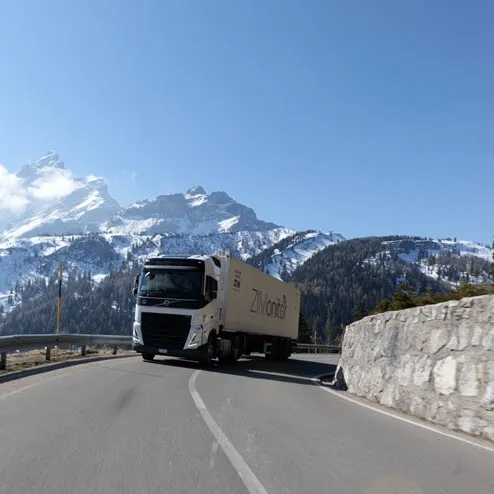The Coolest Move in Cold Chain Shipping: Say Hello to -15°C
Can Frozen Food Help a Warming Planet?
With frozen foods being one of the main goods moving across the globe every day, the Move to -15°C presents an opportunity for cost savings, sustainability, and improved efficiency for the sector. Staying ahead of these trends is crucial for businesses looking to optimize their supply chains and cut costs.
But what’s driving this transition, and how will it impact businesses worldwide? Could adjusting frozen storage temperatures from -18°C to -15°C make cold chain shipping more efficient and sustainable? Let’s take a closer look.
What is the Move to -15°C?
When it comes to tackling climate change, we often think of big solutions. But sometimes, small adjustments can create a huge impact. Every year, hundreds of millions of tons of frozen goods are transported globally at -18°C. But what if just a 3°C shift could make a world of difference?
Cold chain shipping is designed to preserve product quality, ensure safety and meet regulatory compliance. The Move to -15°C is a sustainability initiative launched in 2023 by DP World, dedicated to reducing carbon emissions in the frozen food supply chain by changing set frozen food temperature standards.
For over a century, -18°C has been the industry norm for frozen food transport and storage. However, technology has since advanced significantly, and new research behind the initiative suggests that frozen goods remain just as stable at -15°C and could deliver significant environmental and economic benefits without compromising food safety inside the containers.
Behind the Shift to -15°C
For a warming planet, every degree can have a significant impact. Years of research and logistical advancements support the transition to -15°C.
This change requires no new machinery or additional costs to implement, just an industry-wide adjustment that could make a measurable difference for both businesses and the environment.
Why Make the Move?
What’s Next?
In 2025, ZIM joined cold-chain industry leaders in the Move to -15°C coalition, as part of its ESG commitment of advancing sustainable, and cutting-edge solutions to lower environmental impact in global shipping.
And your end customers? They will be enjoying fresher, more sustainable products on the shelves – because the future of frozen transport is not just cooler, but smarter.






